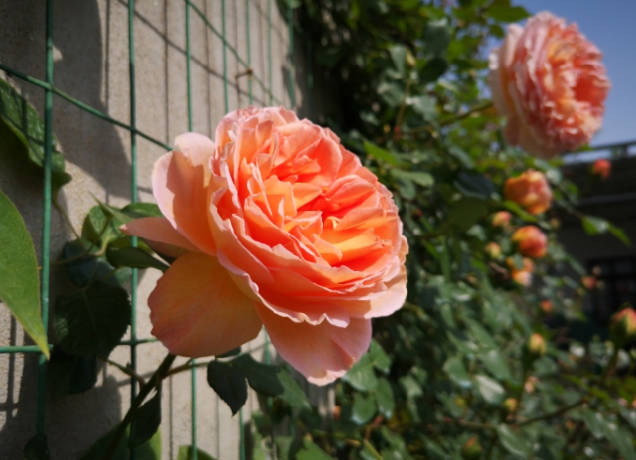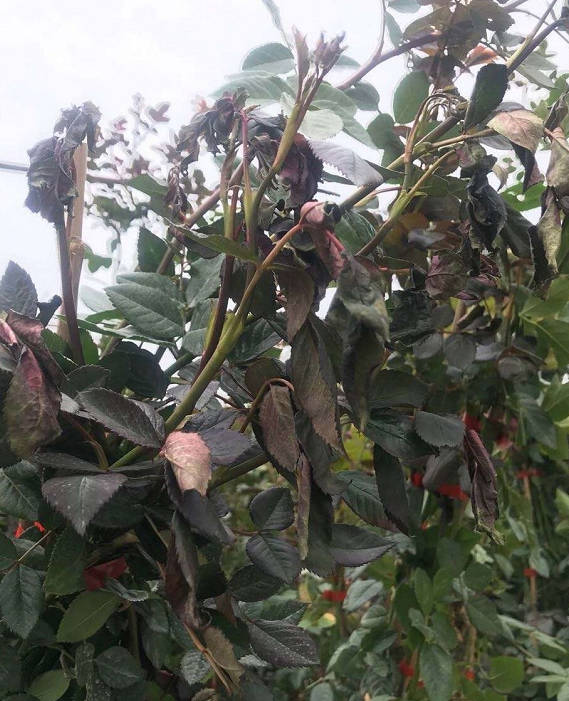Spring Rose Care: 5 Essential Tips for Healthy Blooms
With the arrival of spring, roses in your garden begin to rejuvenate and grow at an incredible rate. To help your roses thrive and bloom beautifully, today we’re sharing five key tasks for spring rose management.
1. Protect new shoots

The number one task in spring rose care is to protect the new shoots. As new shoots sprout, the frequency of watering and fertilizing will increase, but at this time the shoots are very fragile and can be touched off if you are not careful, affecting the subsequent blooming.
In addition, temperatures fluctuate greatly in early spring, and a cold snap can cause frost damage to the shoots. Particular attention is needed in the northern region, if the new shoots are frozen, it may lead to the whole spring without flowers to enjoy.
Countermeasures:
- Be gentle in your daily management and avoid bruising the shoots.
- When the temperature drops, potted roses should be moved indoors, and ground roses can be sheltered from the cold wind by windproof cloths.
2. Fertilize scientifically to avoid burning seedlings
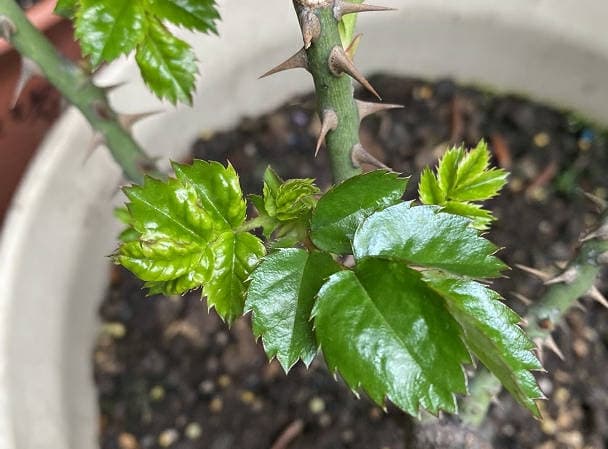
Roses need more nutrients during the budding period, but the new shoots are very sensitive to fertilizers, and improper fertilization can easily lead to burnt shoots.
Correct fertilization method:
- Early budding stage: use diluted liquid fertilizer (such as 1200-1500 times diluted liquid), avoid directly spreading granular fertilizer.
- Growth stage: Use balanced fertilizers (e.g. universal fertilizers with balanced nitrogen, phosphorus and potassium), avoid using high-phosphorus and potassium fertilizers (e.g. flower-promoting fertilizers) too early, otherwise it may lead to poor growth of new shoots and affect flowering.
- Use of organic fertilizer: Reduce the amount of organic fertilizer used in a single application, and replace it with a small amount of organic fertilizer (e.g., once a month). Homemade organic fertilizers should be diluted sufficiently (at least 500 times) or avoid using them during the budding period.
3. Change pots carefully to avoid root injury.
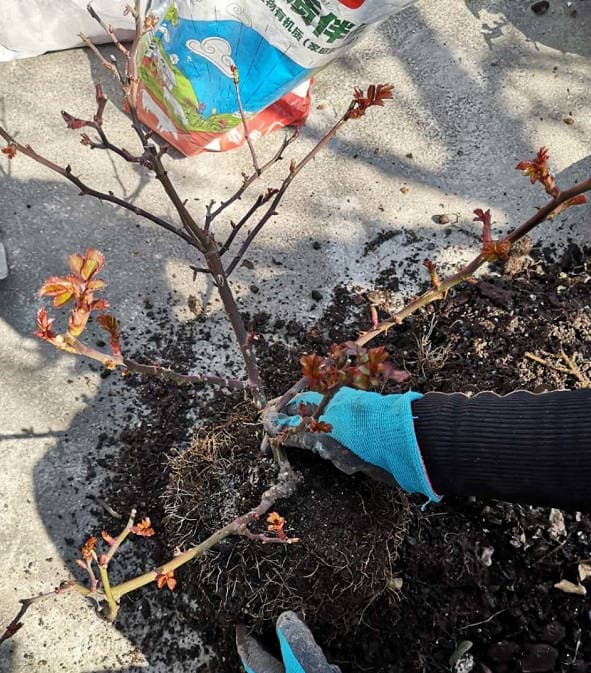
If you have not changed the pot in winter, you can still do it in spring after the rose has sprouted, but you need to be careful:
- Minor potting: you can remove the outer 1/3 of the old soil to minimize root damage.
- When the new shoots are longer: it is not advisable to change the pots, only the top layer of soil can be added to avoid destroying the soil ball causing the new shoots to wither.
4. Avoid using strong garden cleaning agents
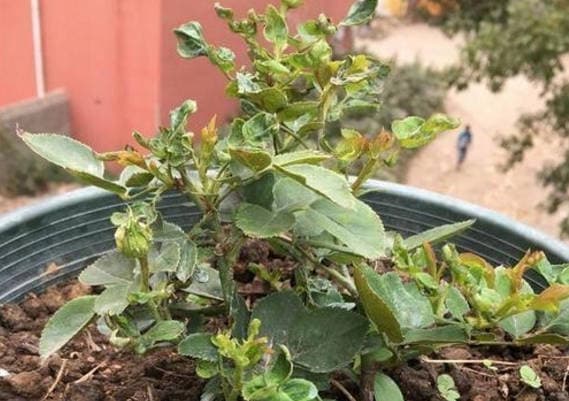
If you have not cleared the garden in winter, you should not use sulphite synthetics in spring after the roses have germinated, as its concentration is difficult to control and may harm the shoots.
Alternative program:
- Use carbendazim + imidacloprid mixed spray, can effectively control common pests and diseases.
5. Control aphids to protect the buds.
When the new shoots of roses grow to about 6cm, you need to be alert to aphid damage.
Suggestions for control:
- Use imidacloprid or acetamiprid in alternate sprays to avoid pest resistance.
- If using household insecticidal sprays (e.g. Radar), spray at a distance and rinse with water after 5 minutes to prevent damage.



